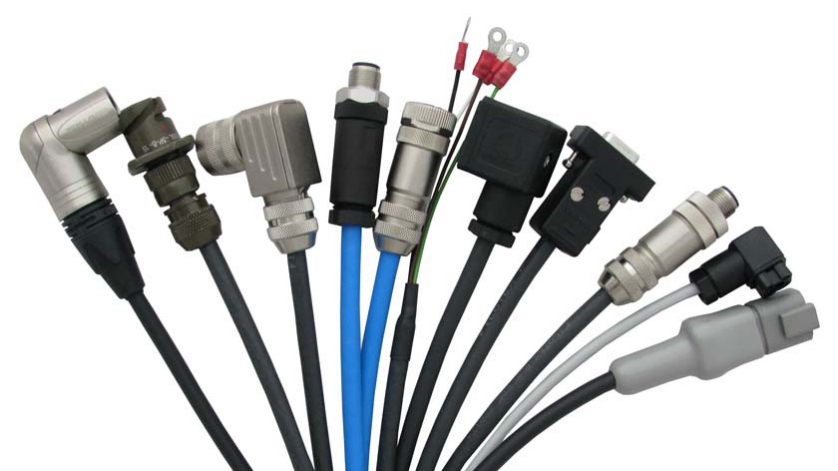
The choice of the right cable or line for transmitting signals on your machine has essential influence on the machine availability. Usually, when determining the instruments of machines and plants, a profound amount of attention is given to choosing the right sensors.
For example, the user determines which measuring principles are used for level measurement, which power supply should be provided to the machine and which type of signal transmission should be used. Usually, the cables shown in the wiring schemes as simple connection lines between sensor and SPS are problematic. This poses an interesting paradox in the automation technology – a sensor is tested for highest demands to assure it meets the requirements of the application, whereas a cable is merely seen as a component which supposedly guarantees a reliable connection under all circumstances.
However, cables and connectors pose one of the most frequent sources of error. This is exactly where unforeseen potential for increasing machine availability can be found. During my course of research I learned that in a high two-digit percentage of all cases, renowned cable manufacturers traced back sensor failure on machines to mechanical failure of the cable due to faulty installation, handling and especially due to the choice of an unsuited cable for the specific application. Principally, there is no patent remedy for determining which cable and which plug connector is best suitable for your application.
For example, flexibility demands for cables used in level probes for level measurement in deep wells aren’t high, whereas the demands on tensile strength as well as high longitudinal and transverse water tightness are. In level probes, plug connectors are barely ever applied due to the lack of permanent leak tightness. For machine tools which are set up in factory buildings, the simplest cable materials with a simple M12 connector are used. In this case, however, the use of a suitable cable that permanently withstands ambient conditions such as temperature fluctuations and that features resistance against oils and fats can significantly increase the availability of your machine.
The use of cable assemblies with factory pre-assembled connectors also prevents failure risk through improper on-site assembly. Therefore it is a fallacy that all cables are the same and that any given cable with the sufficient number of wires is suitable for an application.
In one of my previous articles, I drew up a short overview of the most relevant criteria for choosing cables and connectors. Invest some time in specifying a suitable cable for your application. Think about the demands your plug connection to sensors and PLC must meet. An individually matched wiring concept offers a measurable increase of the machine availability and higher safety during operation.
Should you need assistance or consulting for specifying a suitable pressure sensor and associated cable / connector, feel free to contact us.


Thank you for stressing the importance of choosing the right cables. It’s interesting to know that many problems with cables can be because of issues with the overall wiring. A few days back I chose the 2.5 Sqmm Single Core for my house wiring, and it’s working really well…!